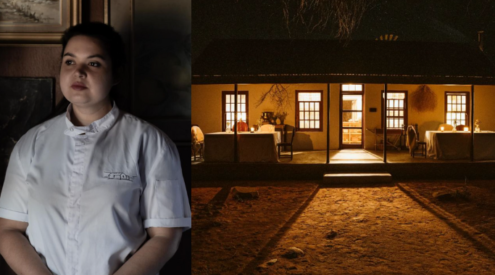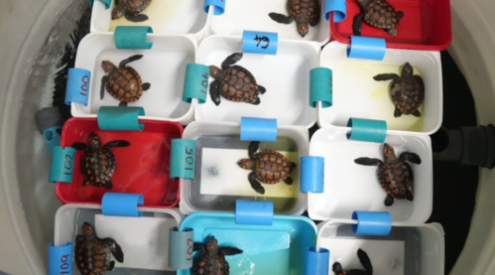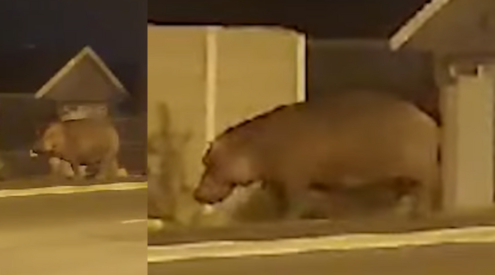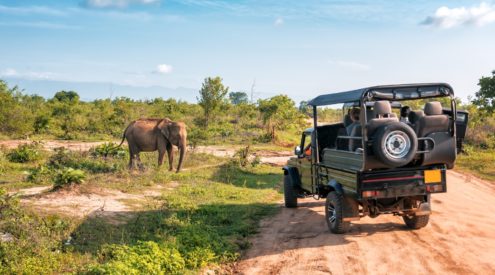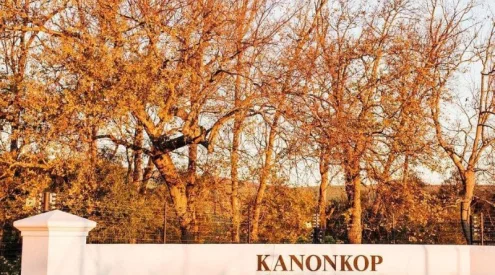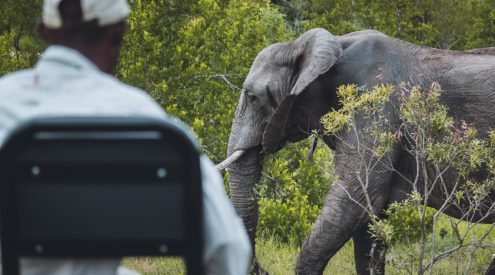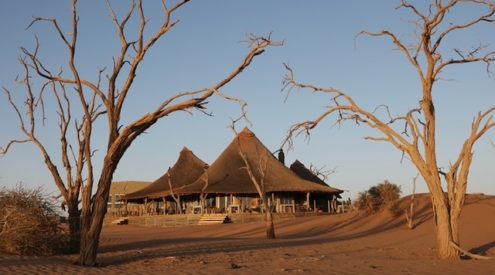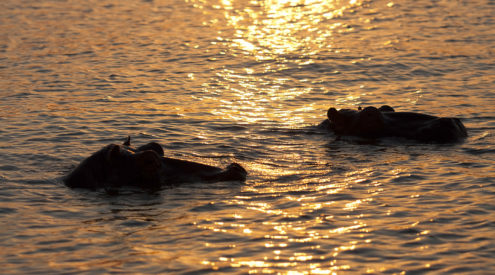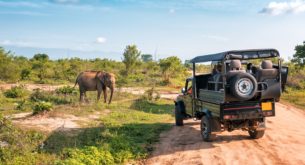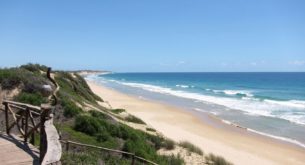Fynbos is among the most subtle and intricate landscapes on Earth. It’s uniquely South African and, like the flowers of this special place, birds burst out at those who take the time to stop and look enquiringly.
The Cape Floral Kingdom is predominantly fynbos, with its heaths and reeds and proteas, and extends south from Vanrhynsdorp to the Cape Peninsula, then east to Grahamstown in a broken belt 40 to 150 kilometres wide. It’s one of the richest and most diverse areas for flora (with 1 300 species per 10 000 square kilometres) and there are a number of bird species that are integral to it. As with many of the plant species, some birds are found nowhere else in the world.
The most iconic of these is the Cape sugarbird. It’s synonymous with the protea; it’s almost part of the plant. A long, twisting tail (males have much longer tails than females) dancing in the wind; a sharp, long beak similar to that of a sunbird – with which the species is distantly related – piercing a flower head; a brown crown dusted yellow with pollen; the rattling sound of its call shaking the sky.
Then there is a jewel with wings: the orange-breasted sunbird. From its metallic-green head comes a sharp metallic call. From its breast glows the many colours of the sun: brilliant oranges melt into shining yellows and a thin purple strip separates this from the head like a horizon might edge a sunset.
This sunbird, one of three species common to fynbos, shows off its exorbitant colours only in the male, with the female being rather drab in olive upperparts and muted underparts – a common feature of sunbirds in our region. Like the Cape sugarbird, it’s an important pollinator of the fynbos. Where you see flowering ericas, you’ll see this bird sparkle among the leaves. Both species are ‘Proudly South African’.
Deep within the fynbos, particularly in areas dominated by restios (a type of reed) and those that have been burnt two or three years previously, you might be lucky enough to glimpse the hottentot buttonquail – another South African endemic – as it scurries through the undergrowth. It’s a tiny gamebird (40 to 60 grams), richly coloured in earthy tones, scaled in patterns of fine greys, browns, oranges and blacks, spotted and flecked cryptically. For many birdwatchers, the only memory of this bird is the sight of it flushed from underfoot, a bullet of feathers bursting, arcing, then disappearing.
Birdwatching in the fynbos, or anywhere for that matter, is as much about looking at the natural environment as it is about looking at the birds. Birdwatching is about learning from looking; it’s about connecting with the pristine and realising that seeing birds is also about seeing plants.
BirdLife South Africa
To join the organisation or find out more about its projects, visit www.birdlife.org.za.
Photo by Gareth Hazell, www.thelazybirder.blogspot.com

